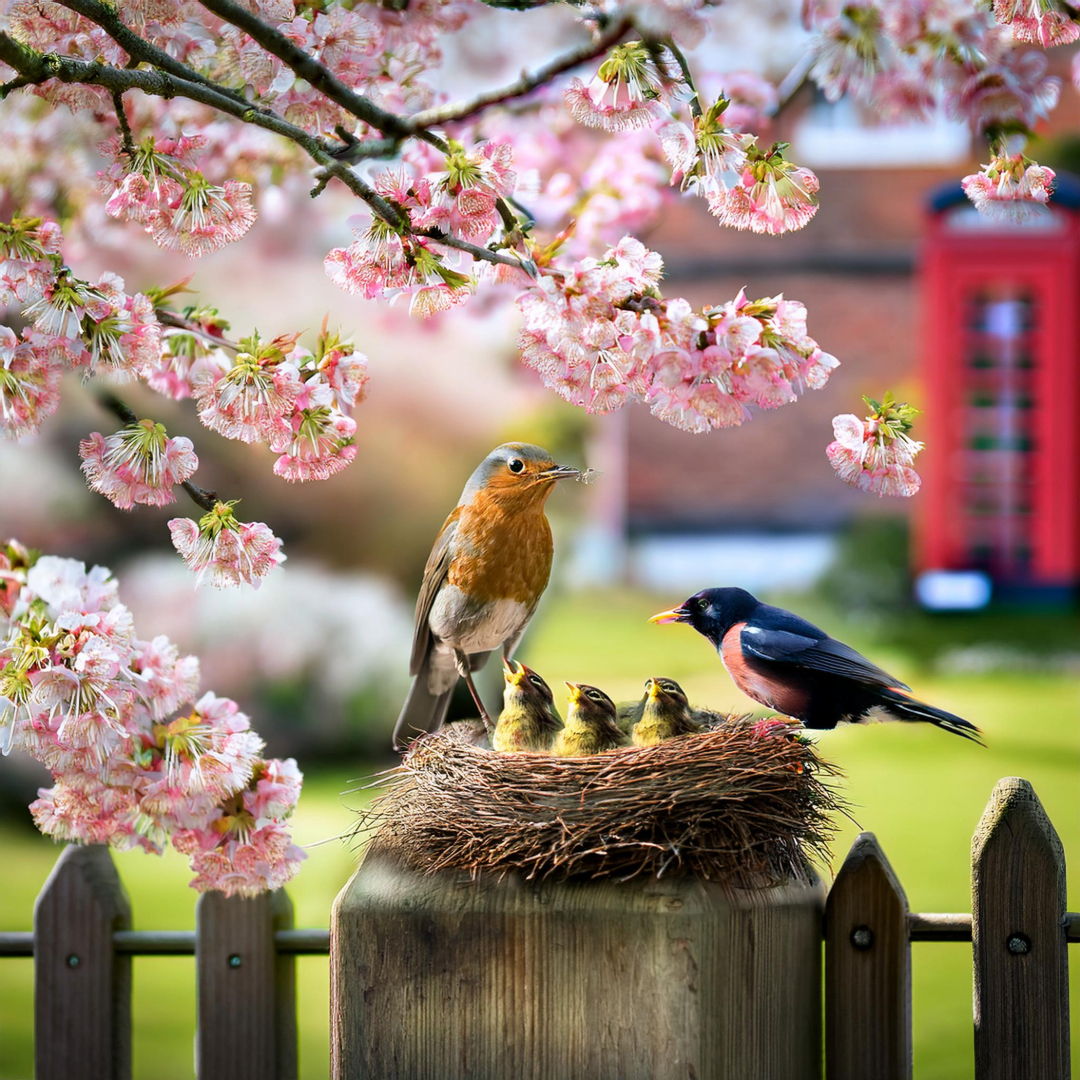This April, London’s gardens, parks, and woodlands buzz with the hustle and bustle of bird families. From the meticulous nest-building of robins and blackbirds to the first eggs of tits and finches, the city becomes a haven for new life. Witness the charm of fledglings taking their first steps, from bold robins to secretive owls, and discover how warmer weather is reshaping the rhythms of nature. Don’t miss the full story of April’s avian nurseries on 04 April. Return to explore the wonders of nests, eggs, and the first flutters of spring’s youngest arrivals!
Nests, Eggs and Fledglings
Whereas March was a time for nest building, Easter-time, which usually falls in April, is when birds get seriously down to rearing a family. Eggs are now laid, incubated and fledglings fed. This is the time when Londoners see their first chicks. In early April, nest building can still be seen easily especially with birds such as rooks, magpies and blackbirds. By the end of the month these nests disappear as the last trees become covered in leaves. Although by no means written in stone, there is some degree of succession in nest building throughout the month, stonechats being earlier than most, followed by house sparrows, carrion crows and then buzzards. Later in the month come the meadow pipits, chaffinches, pheasants and goldcrests.
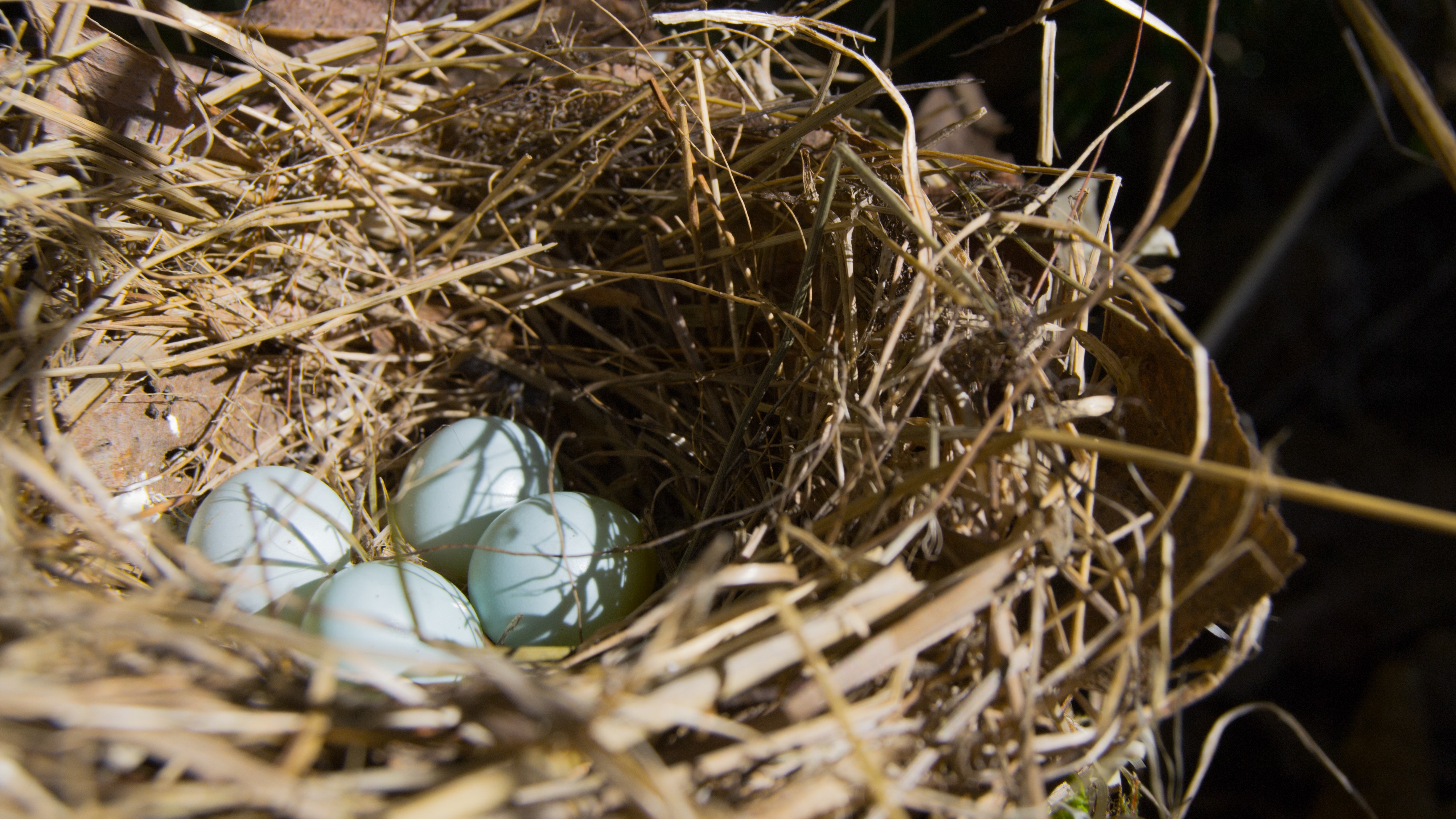
The greatest activity is generally in the last week of April which sees nests being created wholesale by starlings, skylarks, jackdaws, pied wagtails, wrens, kestrels, kingfishers, linnets, greenfinches, blue tits, great tits, coal tits, marsh tits, curlews, ringed plovers, sandpipers, coots and wheatears.
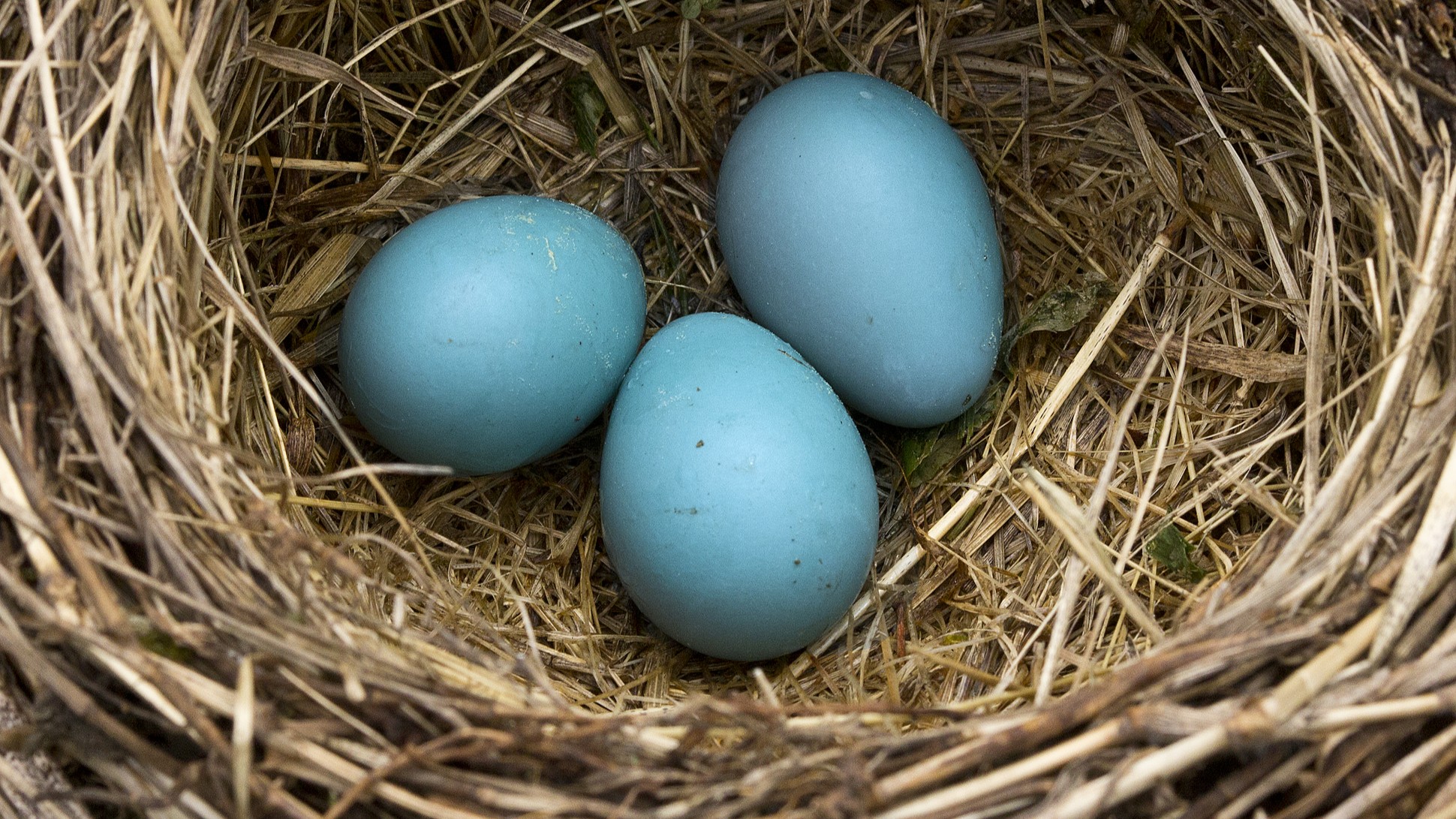
Once again it is gardens that are the easiest and best place to watch this activity from a distance. The birds to watch are tits, sparrows, blackbirds and, if there are larger trees, goldfinches, carrion crows, jays and magpies. In oak woods, some careful observation of chiffchaffs, bullfinches, nuthatches, redstarts, pheasants and tree creepers could also be well rewarded. In pine woods it is worth looking out for coal tits and chaffinches. The speed at which some nests are constructed is little short of a marvel. Various odd objects connected with humans such as crisp packets are regularly included in their construction. Little has changed as in medieval London red kites were accused of stealing washing to incorporate into their nests.
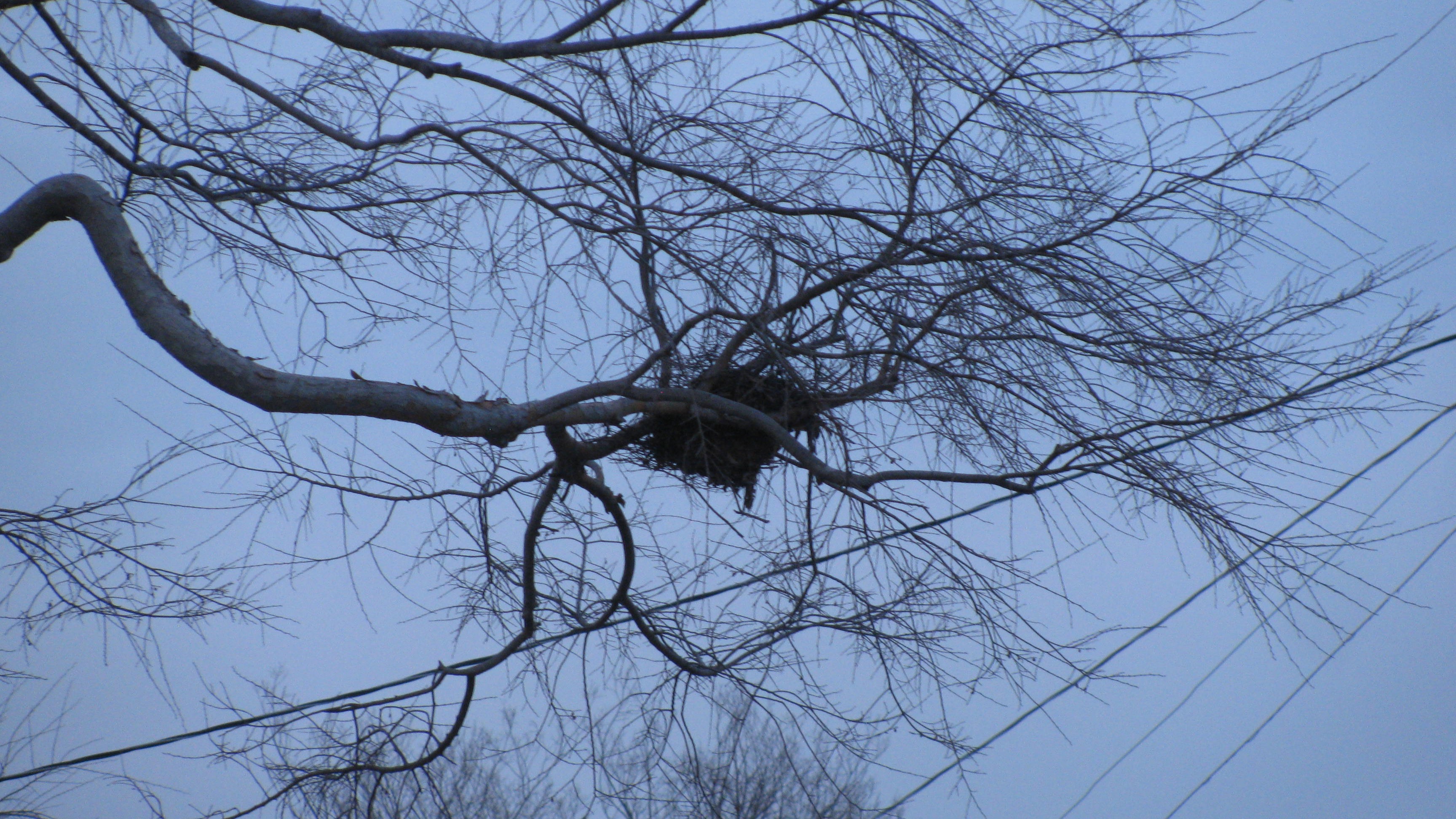
Near water mallard, coot, moorhen and little grebe may all now be seen carrying nest material. In grassy areas skylark, lapwing, meadow pipit and wheatear seem especially busy. Rather more secretly, owls and partridges are also building and much more rarely, the tree pipit. Some birds such as robins are famous for ignoring any human presence when they build. It is then we notice how particular they are in their choice of material and, once it has been deemed suitable, how they return again and again to collect more of it.
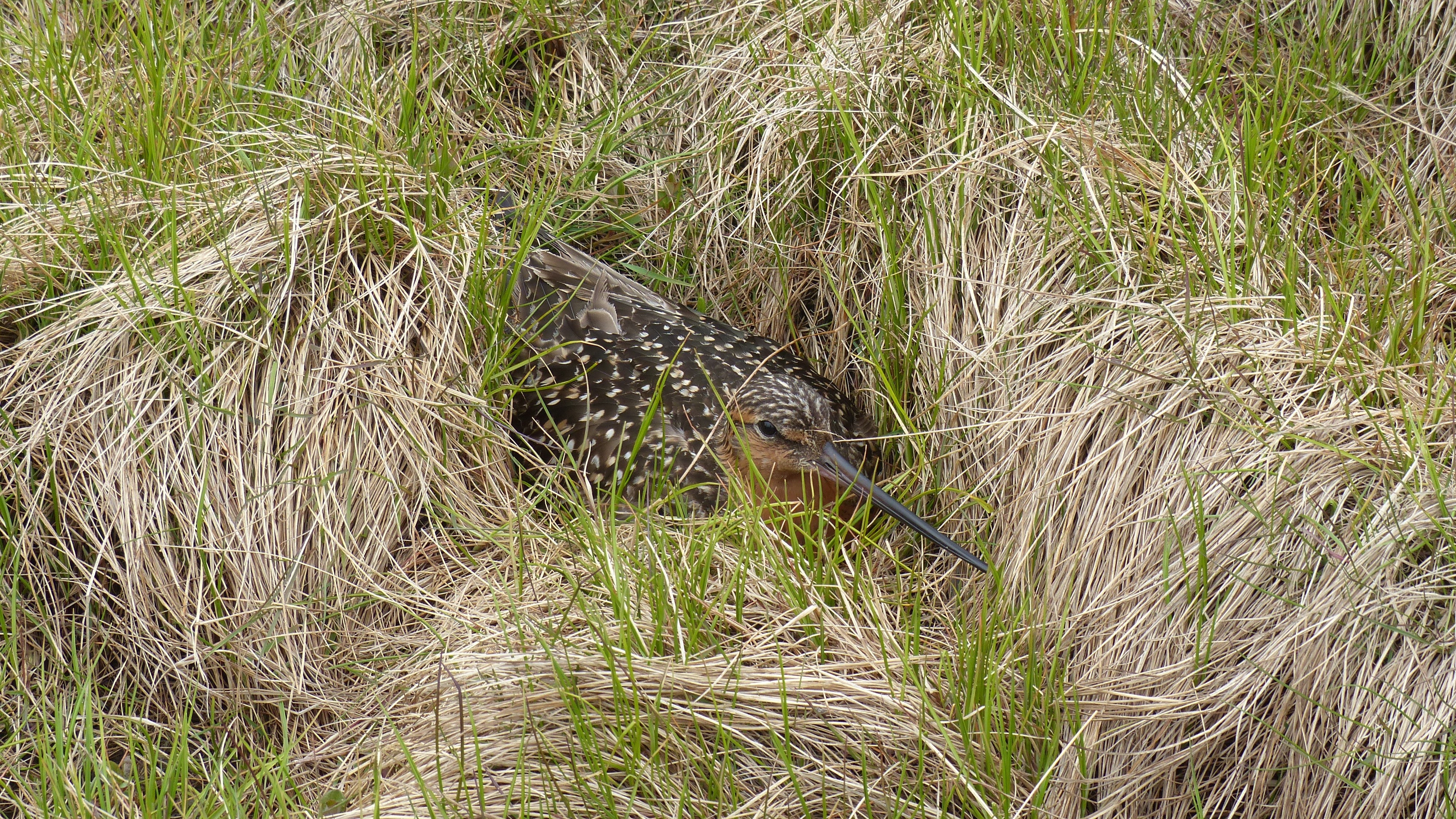
Eggs quickly follow nest completion and, although not a definitive list, the following eggs are usually laid in April: carrion crow, magpie, goldcrest, pied wagtail, wren, green woodpecker, grey wagtail, jay, kingfisher, greenfinch, chaffinch, jackdaw, starling, blue tit, great tit, marsh tit, coal tit, long-tailed tit, willow warbler, tree creeper, nuthatch, linnet, wheatear, buzzard, peregrine, reed bunting, barn owl, hedge sparrow, moorhen, pheasant, kestrel, wood pigeon, tree sparrow and siskin. Other eggs such as lapwing, snipe, blackbird, woodcock, robin, rook, house sparrow, mistle thrush, long-eared owl, coot and mute swan may be laid in April, but are also often laid in March. At this time you can sometimes see crows being harassed by other birds as they are such notorious egg stealers. You may even see one flying with an egg in its beak.
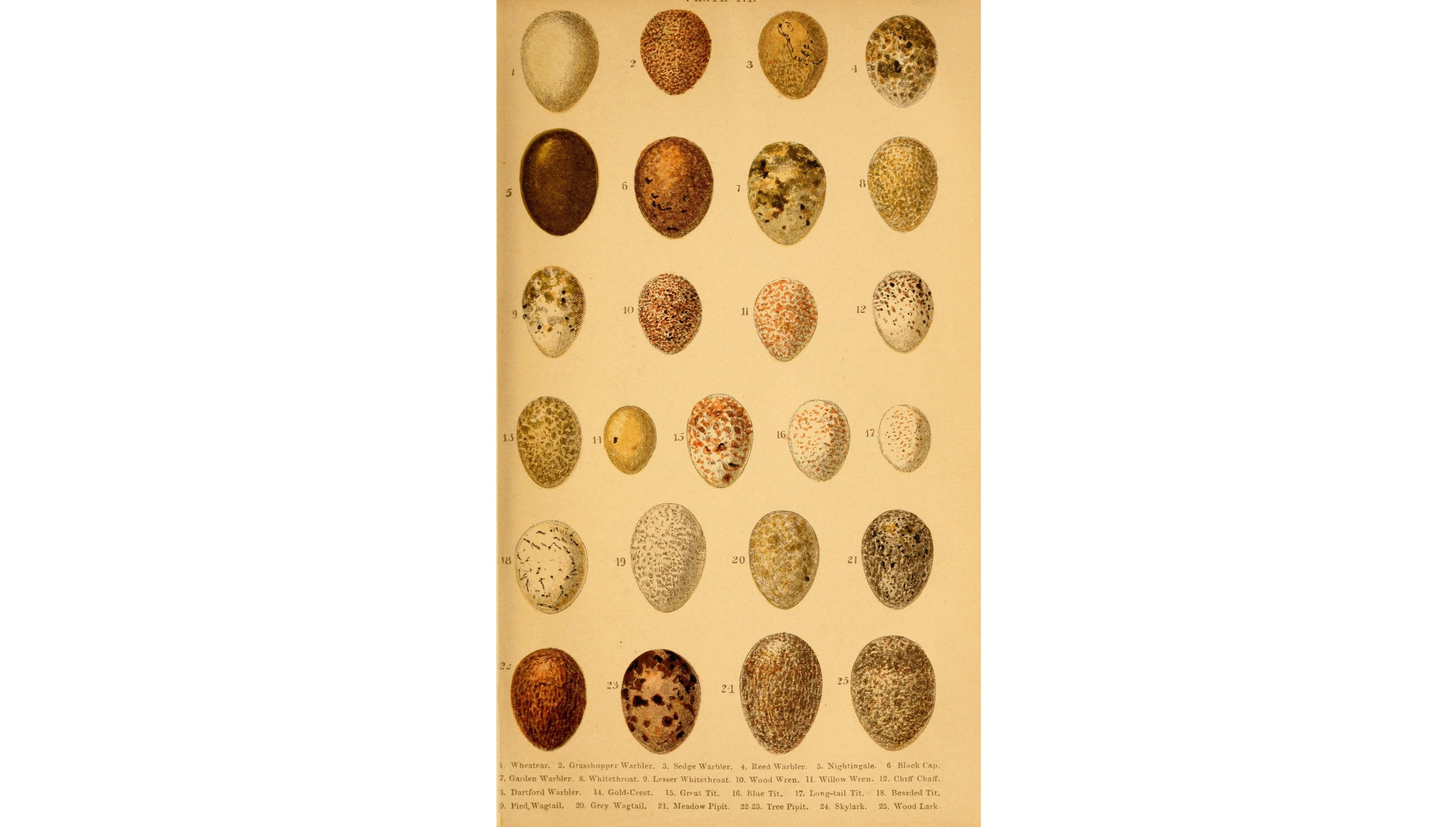
Although the main egg-laying season is associated with April, rather less fledglings are seen this month. Early nests, if not raided, will now have young in them. Rooks, song thrushes, lapwings, mallards, coots, tawny owls, hedge sparrows, wrens, robins, herons and blackbirds could all now have fledglings.
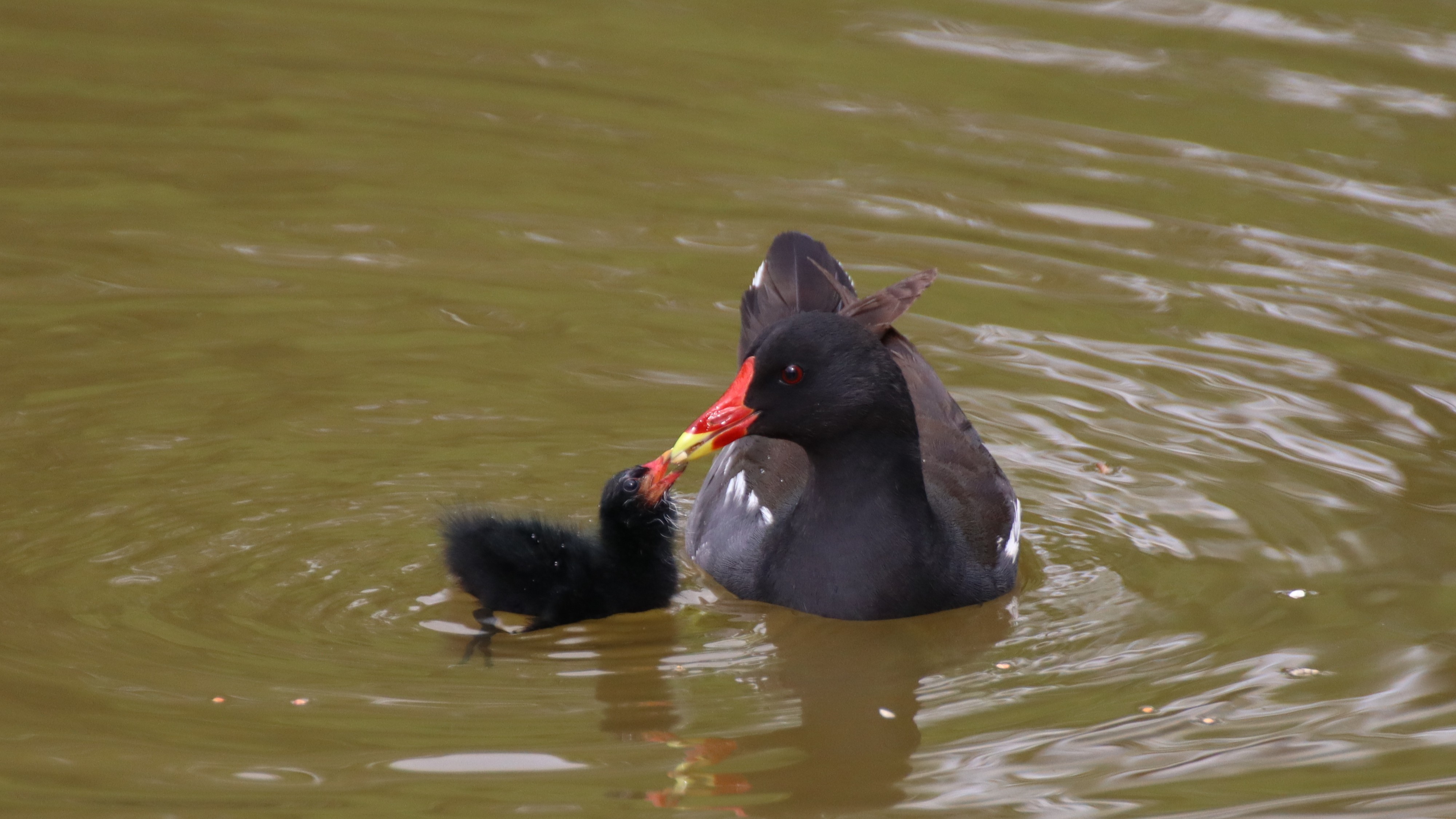
There is usually little chance of seeing these young birds, except for moorhen, mallard and coot. These parents often make piercing calls to encourage their young to hide, which only serves to draw our notice to them. Recent warmer weather has meant an earlier rise in the number of invertebrates available to feed these fledglings. Watching birds such as robins, wrens and tits in gardens can be one of the most charming sights of the month due to their bold appearances, often coming quite close in their desperation to find food.
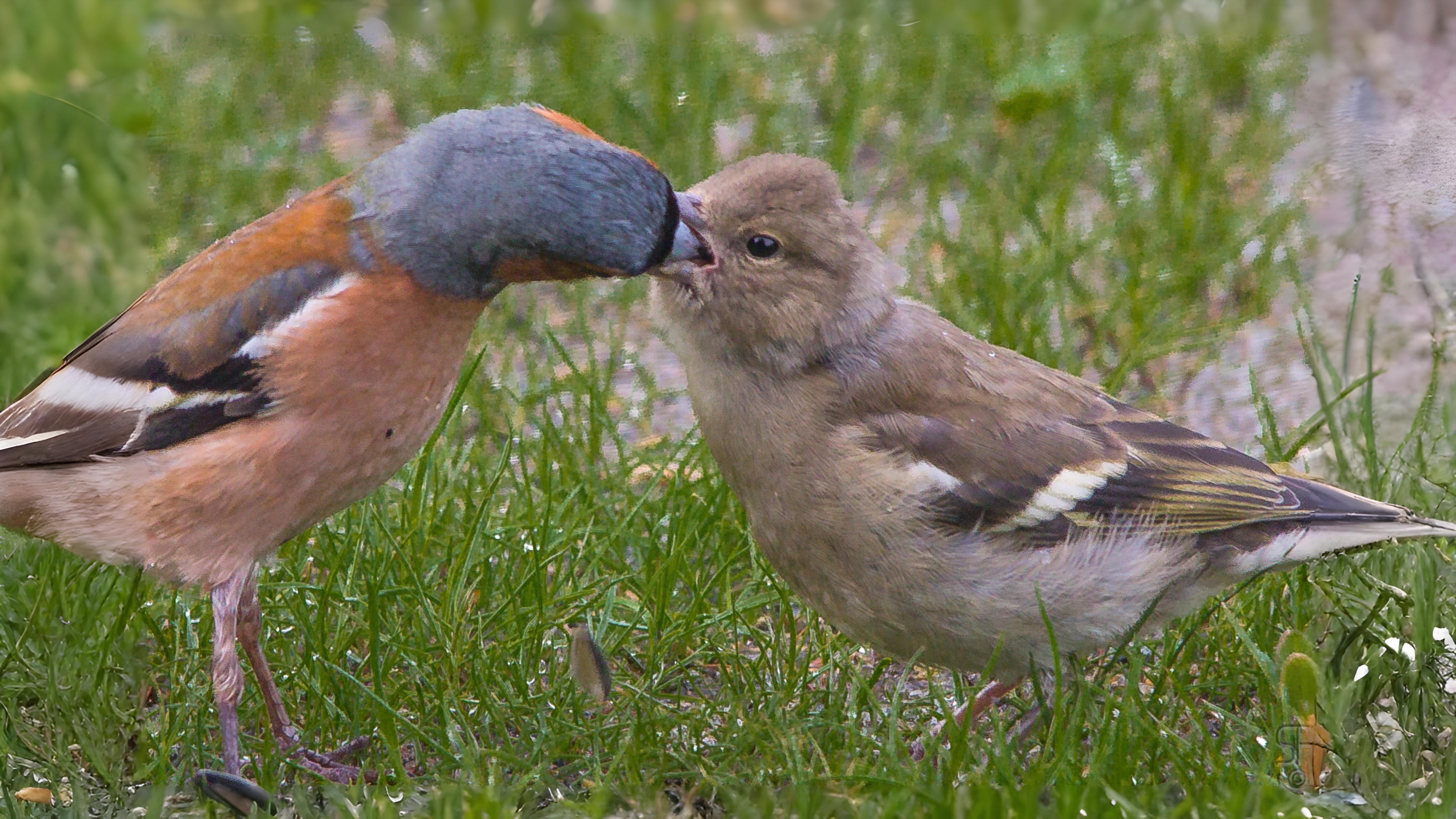
Even seed eaters such as chaffinches and greenfinches collect invertebrates as seeds are often too difficult for their young to digest. This may be one reason why so many birds are reported with young earlier than in the past. Other birds are less fortunate as it may mean they are out of sync with their main food source. This can be a problem for blue tits as the caterpillars they generally eat may not yet have emerged. The importance of heather on grouse moors producing new shoots just as grouse chicks start to feed has always greatly affected their success.
